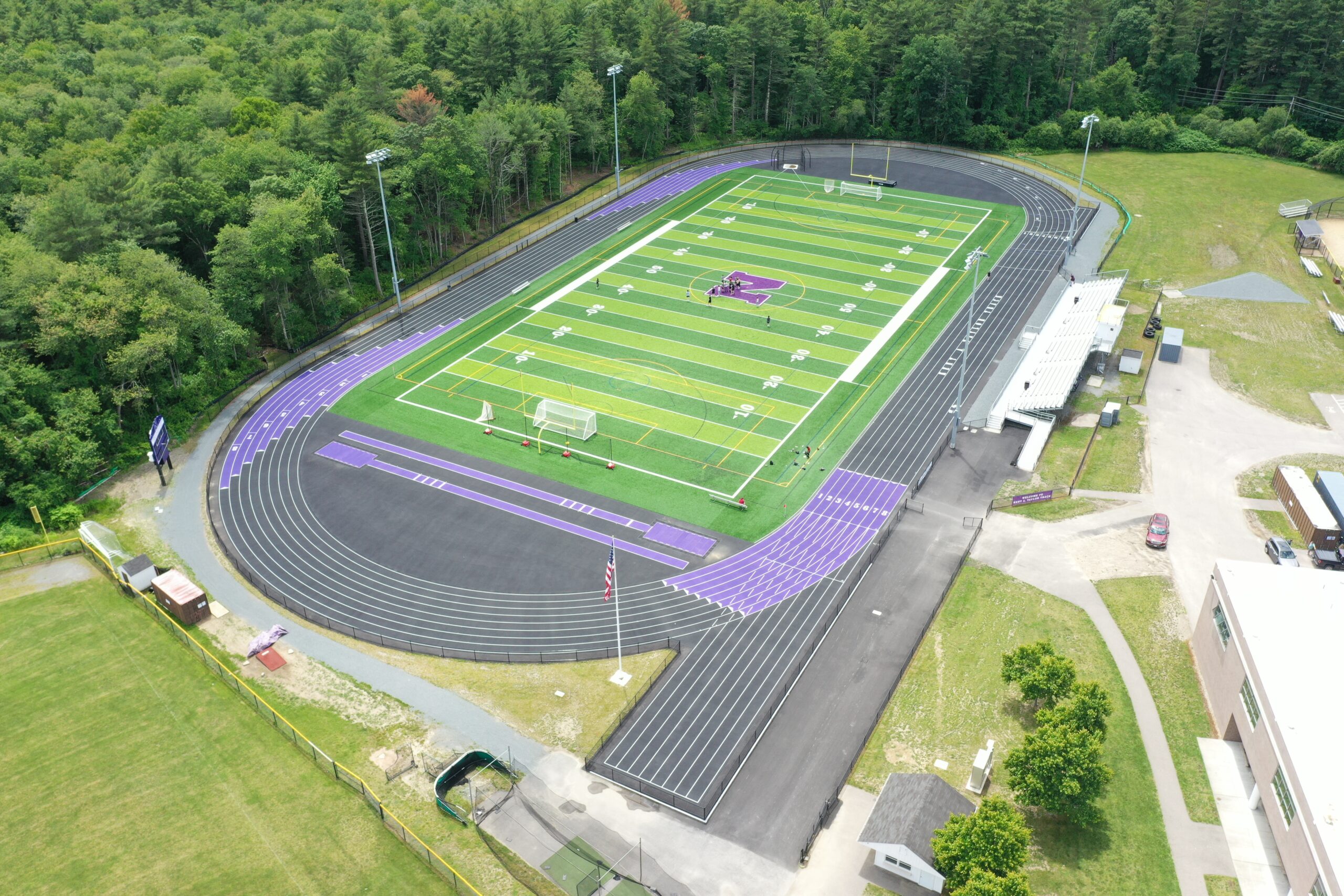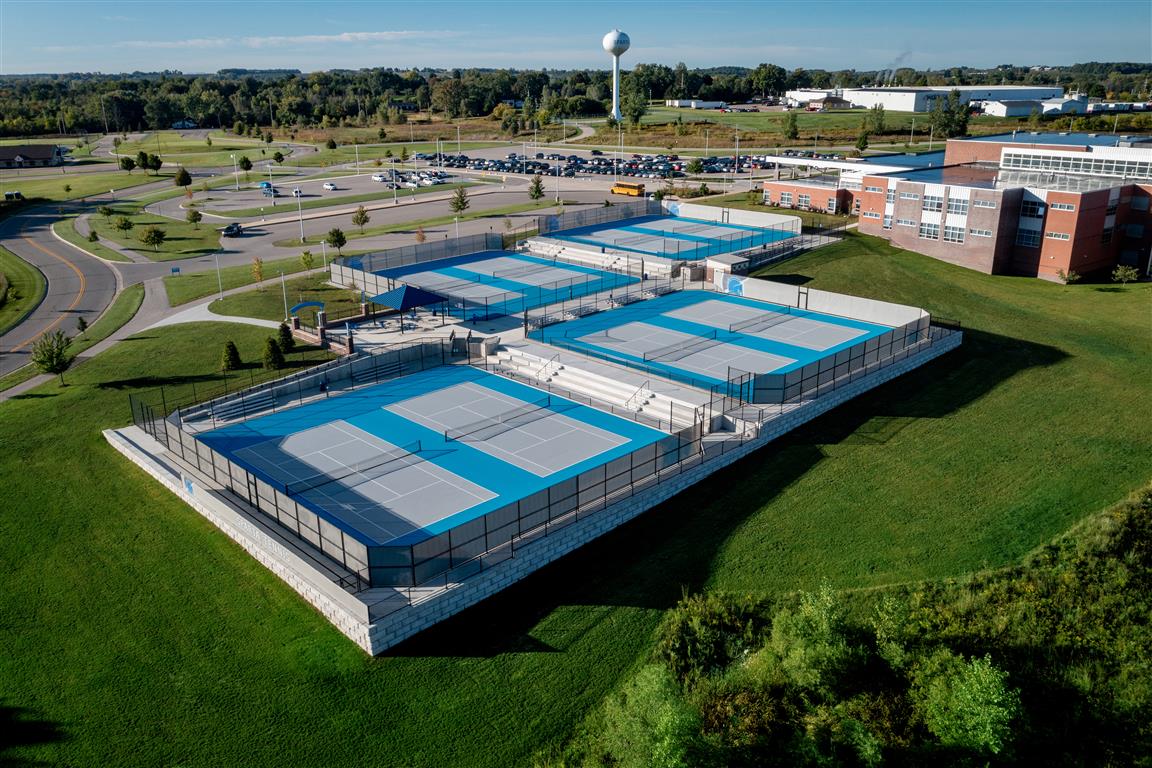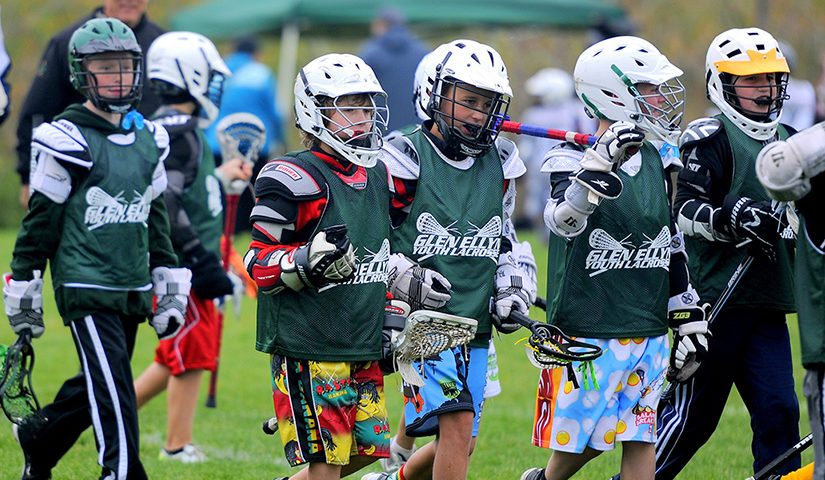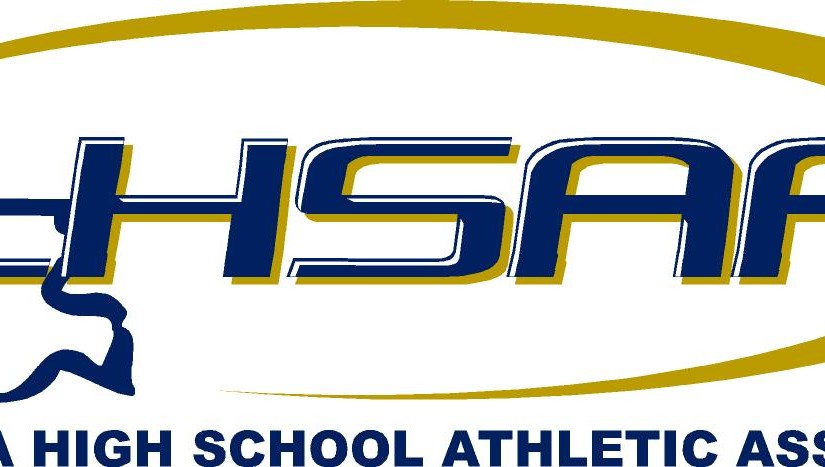Best practices for track and court maintenance
The greatest juggling act schools are doing right now is trying to prioritize the maintenance duties of each facility. Trying to keep those balls in the air is exhausting. Here’s a quick roadmap of how to navigate this season.
Track Maintenance: Best Practices
Sometimes, it’s the simple things that make all the difference with maintenance. According to Lee Narozanick of American Athletic Track & Turf, it’s what you don’t do that can help the most.

Because many tracks encircle athletic fields, maintenance personnel often mistakenly drive heavy equipment, such as mowers (for natural grass fields) or turf cleaners (for synthetic surfaces) over the track to access the fields.
“Don’t run vehicles on the track,” says Narozanick. “Cover the surface first.”
Many track installers advise placing mats and/or boards down and driving equipment slowly over this to get to and from the field. The more layers between tires and track, the better.
Another mistake is trying to place anything other than competition-specific equipment on the track. Starting blocks and hurdles, for example, are acceptable. Chairs, tables, benches, or anything else is not.
Walk around the track regularly and look for areas of wear, including places where markings may look faint, where surfacing may be damaged or loose, or even areas where the track appears to rise or fall. Problems don’t get better with time, so if minor repairs aren’t working, it’s time to get expert help.
“Owners and managers should always call the professionals,” says Narozanick. “Remember that you absolutely need to use an experienced contractor or other professional when repairing a running track as many tolerances must be kept in order to have the track able to host the required level of competition.”
ASBA offers two publications, Running Tracks: Construction and Maintenance Manual, and Sports Fields: Construction & Maintenance Manual, which provide a great deal of information presented in a user-friendly fashion.

Court Maintenance: Best Practices
Those with outdoor courts – tennis, basketball, or pickleball – already know that staying on top of maintenance means staying just a few steps ahead of the curve.
“Owners should be doing visual inspections of all courts throughout the year,” says Donald Pierson of Courts Unlimited LLC. “At the beginning of spring and at the end of the season, the court should be looked over thoroughly. In a perfect world, it should be inspected yearly but realistically, a professional should be coming by every two to three years or at the first sight of any surface issues.”
Of course, notes Brackett Vaughan of Tennis Courts, Inc., nobody is going to know about those surface issues unless a regular inspection is conducted.
“Coaches should take notice on a daily basis when in use. I would suggest checking periodically during the warmer months. Once the weather warms and stabilizes, I would do a court inspection for cracks or failures in previous repairs. It’s when the weather temperature changes a large amount in a short period of time that courts seem to be stressed the most.”
Keep courts free of debris, including leaves, twigs, and so forth, since this can stain the surface if left long enough.
“If courts are close to trees and have a black-looking moldy surface, we recommend having the courts soft-washed by a professional,” says Vaughan. “This cleans the court without pressure that could damage the playing surface.”
If used regularly, a broom or a leaf blower may be sufficient to keep debris from collecting. If there are stains, or if debris does not seem to be moving, call the court contractor for advice, since some surfaces may be damaged by treatments that are too vigorous.
“Please don’t try to power-wash the courts yourself,” adds Pierson.
Another way to cut down marks on the surface of a basketball, pickleball, or tennis court is to post signage noting that only court shoes with non-marking soles may be worn. However, the ability to reinforce this will be dependent upon the amount of supervision courts receive.
If you spot cracks in your court, the best course of action is to take photos of them and send them to your court contractor. Trying to paint over or fill in cracks with a DIY method can do far more harm than good.
“I have seen many owners try to fill/seal cracks, resurface, and paint their courts,” says Pierson. “Trust me, it never turns out well and it becomes a much more expensive fix. When someone has to fix a DIY job, it can be far more expensive.”
Something else to consider: To those without knowledge of asphalt and concrete, cracks look like, well, cracks. In reality, though, some can be minor while others can signify a serious underlying problem. In every case, it is better to engage someone with expertise early.
» ALSO SEE: Q&A.D. with MHSAA Executive Director Mark Uyl
Of course, nothing can beat regular court inspections, so in this case, make your students stewards of the court. Whether playing basketball, tennis, or pickleball (or really, any other sport on a hard surface), it’s the users who will see the court day in and day out, and who will notice problems, such as cracks, discoloration, uneven spots, etc. Post signage with contact information (a number to text or call, an e-mail, etc.) and encourage students to reach out if they see anything that concerns them.
ASBA offers three publications, Tennis Courts: Construction and Maintenance Manual, Courts & Recreational Surfaces: Construction and Maintenance Manual, and Pickleball Courts: Construction & Maintenance Manual, all of which provide a great deal of information presented in a user-friendly fashion.
Information on all publications is available through ASBA: sportsbuilders.org.












